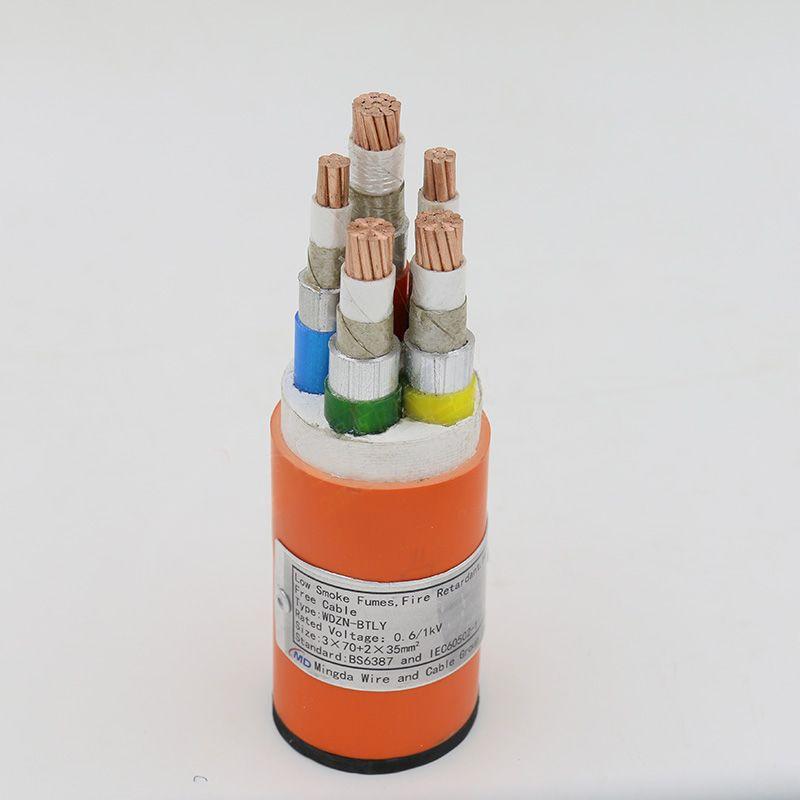Dec . 31, 2024 19:50 Back to list
Electric Actuated Butterfly Valve for Enhanced Flow Control and Efficiency in Industrial Applications
The Electric Actuated Butterfly Valve A Comprehensive Overview
In today's industrial landscape, the need for efficient and precise control of fluid flow is paramount. Among the various control devices, the electric actuated butterfly valve has emerged as a prominent solution. This innovative valve combines a simple design, ease of operation, and reliable performance, making it an ideal choice in various applications across multiple sectors.
Understanding Butterfly Valves
Butterfly valves are quarter-turn rotational valves that use a circular disc as the primary closure element. When the valve is opened, the disc rotates a quarter turn, allowing fluid to flow through. Conversely, when closed, the disc blocks the flow path. The simplicity of the design provides an efficient sealing capability, making butterfly valves particularly useful in applications where space and weight are considerations.
The Role of Electric Actuation
Electric actuators utilize electrical energy to operate the valve mechanism. Unlike pneumatic or hydraulic systems, electric actuators eliminate the need for additional supply lines, reducing installation complexity and costs. They are equipped with motors that respond to control signals to open or close the valve with precision.
This integration of electric actuation with butterfly valves significantly enhances the control and automation capabilities in various applications, such as process industries, water treatment, and HVAC systems. The ability to control the valve's position accurately allows for better process management and energy efficiency.
Key Benefits of Electric Actuated Butterfly Valves
1. Precise Control Electric actuators provide exact positioning of the valve, allowing for fine-tuned regulation of flow rates. This feature is particularly beneficial in processes where maintaining specific flow conditions is critical.
electric actuated butterfly valve

2. Energy Efficiency Electric actuators consume power only during operation. This, combined with their fast response times, leads to reduced energy costs and less wear on components compared to pneumatic and hydraulic actuators.
3. Durability and Reliability Electric actuated butterfly valves are designed to be durable, with many models featuring robust construction materials that can withstand harsh environments. The simplicity of their design further contributes to their reliability, minimizing maintenance needs.
4. Automation Capability These valves can be easily integrated into automated systems, enabling remote control and monitoring. This is particularly important in modern manufacturing and process facilities where process optimization and minimal human intervention are preferred.
5. Versatility Electric actuated butterfly valves can be used across various industries, from water supply and wastewater treatment to food and beverage processing and chemical manufacturing. Their adaptability makes them a go-to solution for many engineers and facility managers.
Application Scenarios
The applications for electric actuated butterfly valves are diverse. In the water treatment sector, they are instrumental in controlling the flow of chemicals and managing water distribution. In HVAC systems, these valves regulate airflow, contributing to heating and cooling efficiency.
Moreover, in the oil and gas industry, they play a vital role in upstream and downstream operations by providing reliable flow control in various conditions. The chemical industry also benefits from these valves, as they handle corrosive fluids and high pressures with ease.
Conclusion
The electric actuated butterfly valve represents a significant advancement in valve technology, offering efficient, reliable, and precise flow control solutions. As industries continue to embrace automation and seek more sustainable practices, the demand for such innovative solutions is bound to grow. The combined benefits of durability, energy efficiency, and versatility make the electric actuated butterfly valve an indispensable component in modern fluid control systems. As we move forward, its role in enhancing operational efficiency and safety will undoubtedly continue to gain significance in industrial applications.
Share
-
priming-a-pump-with-a-foot-valve-with-strainerNewsAug.23,2025
-
the-importance-of-a-y-strainer-in-pump-protectionNewsAug.23,2025
-
stainless-steel-ball-check-valve-for-high-purity-applicationsNewsAug.23,2025
-
common-applications-for-wafer-type-butterfly-valvesNewsAug.23,2025
-
seat-options-for-a-12-inch-knife-gate-valveNewsAug.23,2025
-
the-lifespan-of-a-typical-dismantling-jointNewsAug.23,2025


